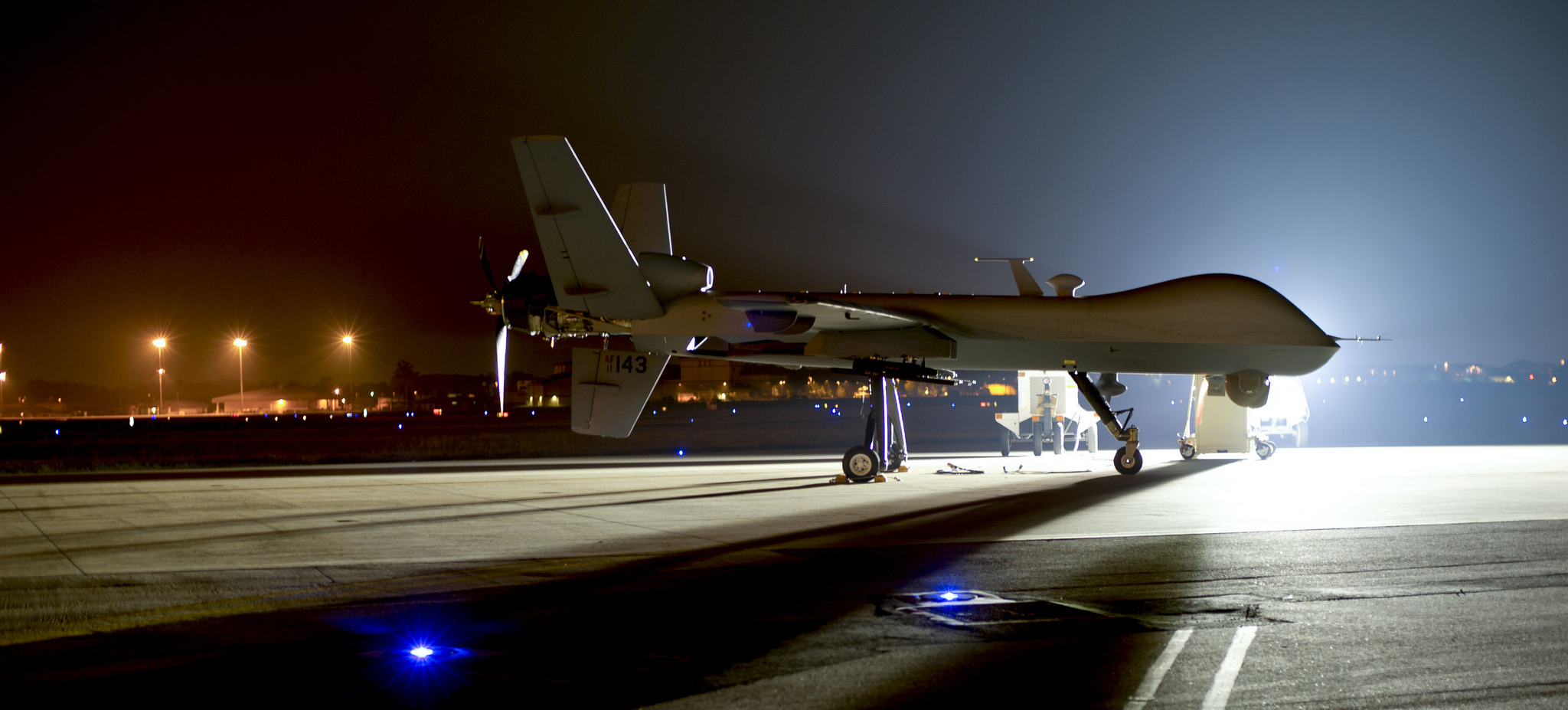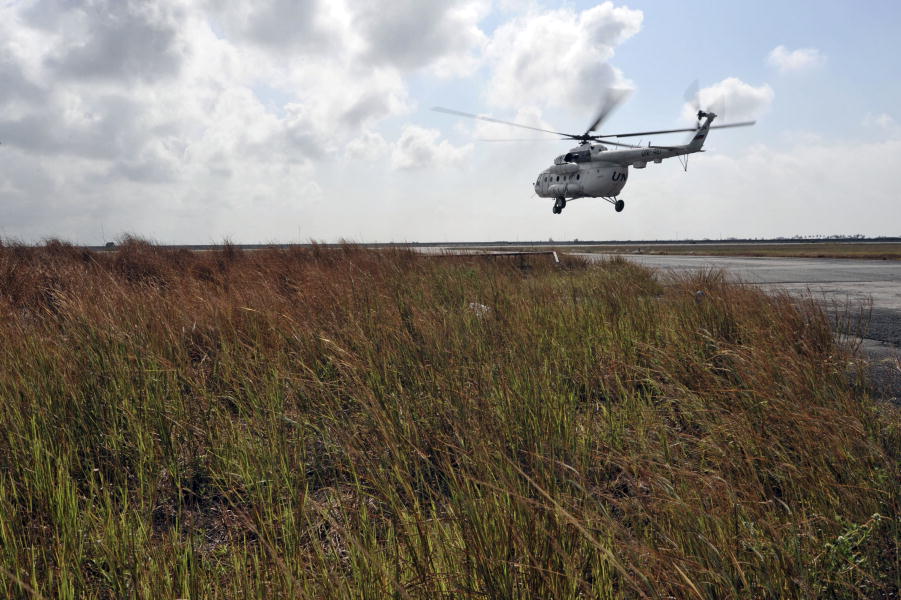Guest post by Christopher Shay.

The killing in May of Mullah Akhtar Muhammad Mansour, the late leader of the Afghani Taliban, surprised observers. The US drone strike that killed Mansour occurred in the province of Balochistan, well outside the Federally Administered Tribal Areas (FATA) in which the US has previously operated with the tacit consent of the Pakistani government. Besides killing the Taliban commander, the strike also killed his civilian taxi driver, Mohammad Azam, whose family has angrily demanded “justice” from the American and Pakistani government. This incident signals that the American drone program continues to expand into new areas of operation, and that these expansions will continue to take a toll on civilian populations. It remains to be seen whether this development will enhance or detract from American counter-insurgency efforts. The Jevons Dilemma, a paradox theorized during Britain’s Industrial Revolution, illustrates how the drone program’s greatest advantage – its precision – might lead policymakers into an inadvertent blunder.
William Stanley Jevons first described his dilemma (also referred to as the Jevons Paradox) in 1865 at a time when many British scholars feared the exhaustion of natural coal reserves, a strategic resource on which the British Navy depended. Some industrialists argued that advances in coal-burning technology would progressively diminish coal consumption, and thereby increase effective reserves. Jevons, however, observed that demand for coal was elastic: as technology made coal consumption more efficient, demand for coal increased drastically, and so did absolute levels of consumption. Since 1865, economists have creatively applied Jevons’ logic to environmental economics. For example, they show that staggering advances in lighting technology since the Stone Age have resulted in even greater total energy consumption. A similar pattern has been studied in the automotive industry. This same logic shows that drone technology, though increasingly discriminate, may nevertheless increase total civilian fatalities in the long run.
The advantage of drone strikes lies in their accuracy and precision – just as coal-burning engines were made to produce more energy with less coal, drones produce more militant deaths at the expense of fewer civilian deaths. In other words, as strikes kill fewer civilians per militant, they become more efficient and less costly. Conventional wisdom on terrorism suggests that insurgencies like the Taliban use terror tactics to provoke a violent, indiscriminate overreaction on the part of governments they attack. This violent overreaction is expected by militants to disproportionately affect civilians, who will subsequently mobilize to support the insurgency. This provocation trap would, of course, undermine the counter-insurgency and support insurgents’ long-term goals. The conventional view on drone warfare is that the efficiency of drone strikes offers policymakers a means of punishing insurgents without producing a disproportionate effect on civilians. That is, drones supposedly help US counter-insurgency efforts to evade the provocation trap. Do they? The Jevons Dilemma subjects this claim to some skepticism by suggesting that the increasing efficiency of drone technology makes policymakers disproportionately more likely to employ it.
This could be problematic from a strategic standpoint. Just as decreases in the cost of coal consumption increased consumption of coal, the reduced cost of counter-terror strikes may increase their perceived utility and, subsequently, the readiness with which American policymakers and commanders use them. In essence, because the tactic now appears more efficient, leaders will be tempted to utilize it with excessive regularity.
To use an example, a hypothetical cruise missile strike may kill a high-profile militant leader at the cost of 20 civilian lives. A drone strike would kill the same militant at the cost of only 10 civilians. US leaders therefore use the drone, rather than the missile, and kill the target while sparing 10 civilians. However, because the drone renders individual militants less costly to kill, US leaders decide to kill the original target and additional, lower-profile militants who they would not previously have targeted. This is the (postulated) elasticity of demand amongst US leaders for strikes against militants. This elasticity exerts a system-level effect: leaders are tempted to authorize more and more strikes until the original savings in civilian lives become more than offset by costs incurred from additional (at least three, in this case) strikes — strikes that would not have been launched in the first place without drone technology.
Presumably, civilian populations do not care that drones increase the efficiency of counter-insurgency operations per strike; rather, they care that civilian deaths have occurred as a result of those strikes. As the absolute number of civilian deaths rises — and insurgents will ensure civilians are aware of this rise — drone strikes will eventually exhaust the forbearance of the public and increase mobilization into the insurgency. In countries where civilians resent drone strikes as assaults on their national sovereignty, the sheer number of strikes may also work to exhaust the public’s forbearance.
By the logic of the Jevons Dilemma, success on the battlefield may lead policymakers to make tactical decisions that eventually undermine counter-insurgency strategy. Fortunately, however, the negative effects of the Jevons Dilemma are not inevitable. To avoid the Dilemma, policymakers and commanders must be aware of the elasticity of their demand for drone strikes. Practically, this means imposing restrictions on mission approval. Case-by-case approval will no longer be adequate. Instead, the cost-benefit analysis of each potential mission must take into account the cumulative effect of operations within the targeted area. This may entail devising limits on civilian deaths within temporal and geographical units. Once limits have been reached, commanders must be prevented from launching additional missions
Imposing this type of restraint at the aggregate level will not be simple. In order to set intelligent limits, analysts will have to estimate the level of collateral damage in various regions which provoke unacceptable levels of backlash. Already, however, researchers are beginning to provide the fine-grained data necessary to make these estimates in regions like FATA. In the long-run, these aggregate limits will give commanders extra incentive to both avoid civilian casualties and to choose amongst potential insurgent targets with greater care, prioritizing those strikes projected to eliminate the most high-value targets with the least collateral damage. In this way tactical decision-making can, as one scholar has phrased it, be made to serve strategic goals rather than the other way around.
Christopher Shay is a PhD student at the University of Denver’s Josef Korbel School of International Studies.
Note: The original version of this post noted Mansour as the leader of the Pakistani Taliban. It has been updated to reflect his leadership role in the Afghani Taliban.







4 comments
That way of thinking may be rational, but it is actually just disgusting.
This rational analysis may be cold-blooded, but the conclusions it draws about counter-insurgency tactics are intended to help policymakers avoid escalating armed conflicts, and to thereby reduce human suffering in the long-term. And though I have abstracted away human suffering to create this particular model (in the hopes of providing a public good), I assure you that the tragedy of that suffering is not lost on me.